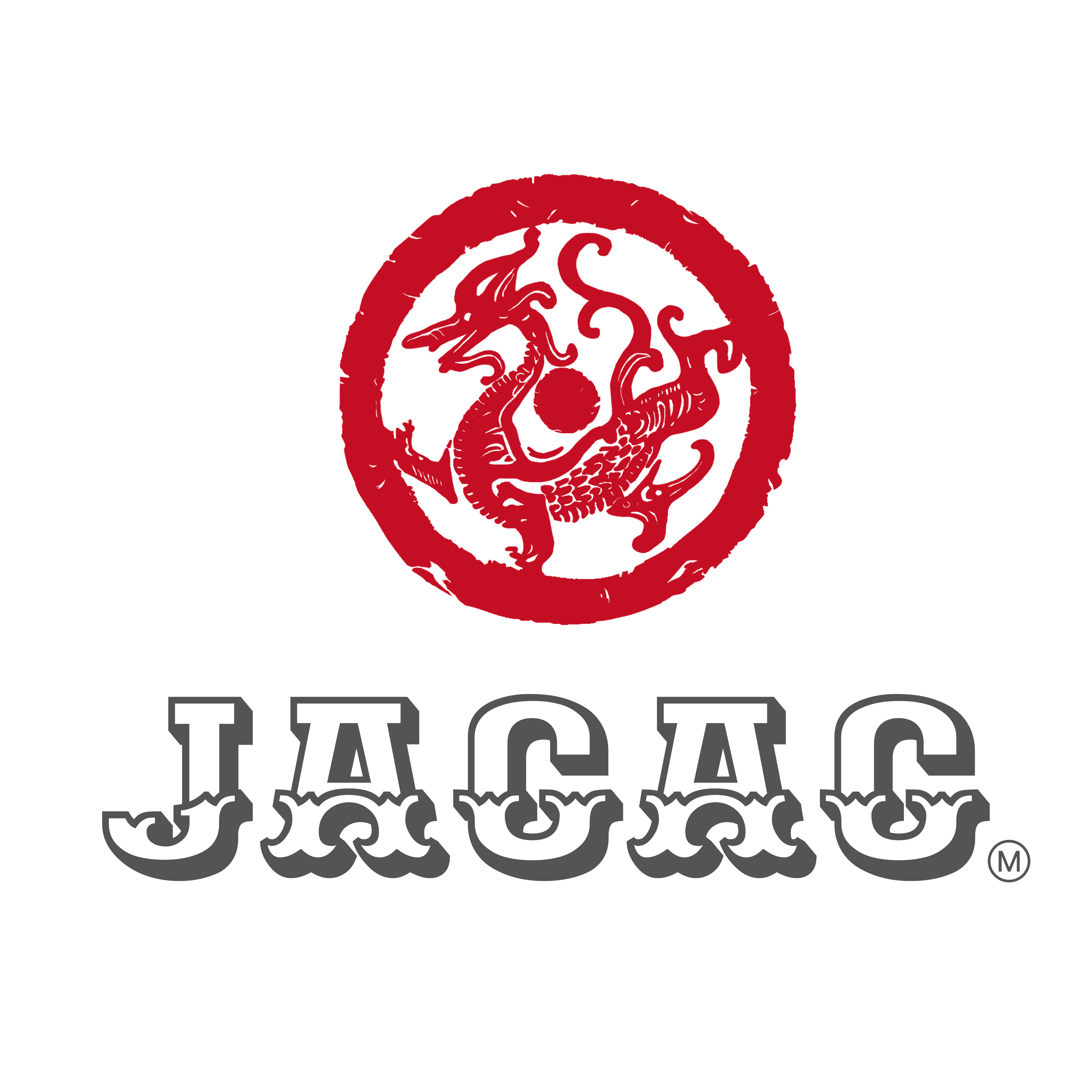Latest Articles
by Zhenji He * , Ya Ye
Cunming Zhu * , Xinying Xia
by
Zhen Zhou * , Xiaoyun Ma
by
Abstract: In an era of fast-food culture where entertainment often overshadows substance, a rigorous examination of Chinese culture should be conducted through the dissemination of entertainment, which is crucial for ensuring the public’s accurate understanding and interpretation of the culture. Movies and TV dramas, as vehicles of entertainment, often prioritize box office performance and online ratings as key metrics of success. Characters and plots may be fictional, but for those movies and TV dramas rooted in historical and cultural contexts, showcasing the essence of history and culture is of significance and necessity for the accuracy of such cultural depictions. Its significance lies in the faithful transmission of culture, while its necessity involves guiding the public toward a correct cultural understanding. This paper examines the porcelain culture depicted in the historical drama The Story of MingLan as a case study. The aim is not to utterly negate the effort put into the show’s props but rather to identify relevant issues and to analyze and discuss the discrepancies between the drama’s porcelain props and authentic artifacts/paintings from the Song Dynasty (960-1279).
by
Yuanjun Cui , Hong He *



